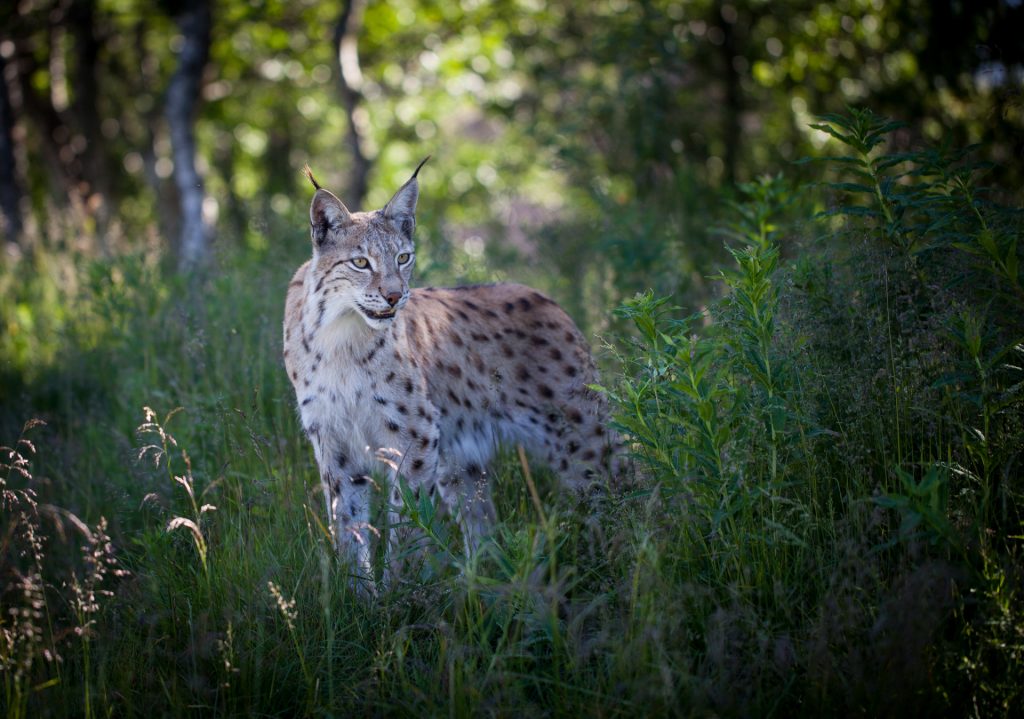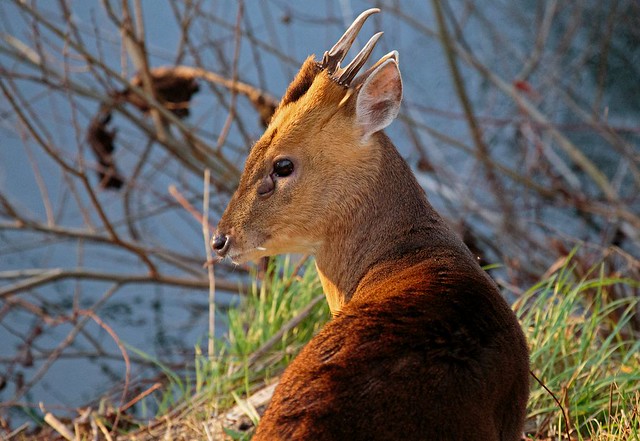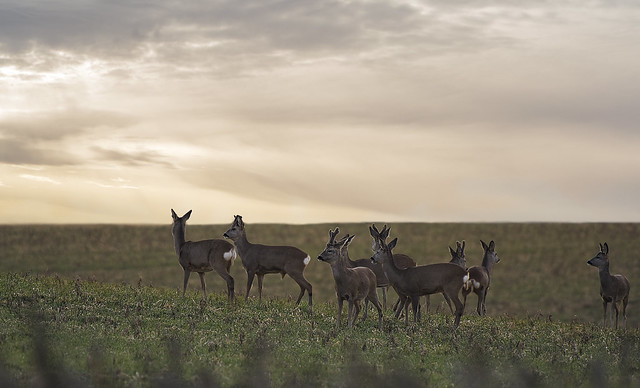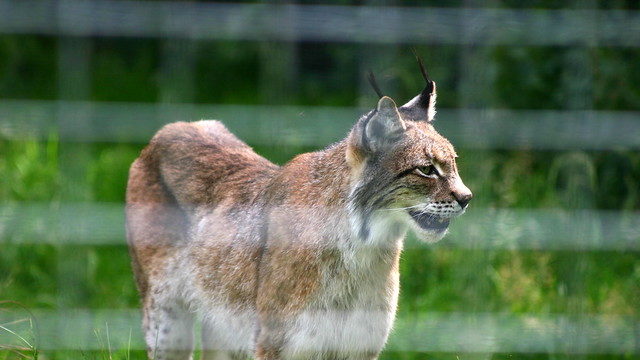We regularly talk about a small group of protected species, since these are the species we work with the most. Occasionally we discuss some of our rarer finds. Today, we discuss a formerly native species which does not currently occur in the wild in the UK; the lynx. Thomson Bid Manager and lynx enthusiast, Ross Johnson, presents the ‘for and against’ for the rewilding reintroduction of this historic and magnificent predator.
With today being International Lynx Day, what better time to look at this former British feline species? The Eurasian lynx has made headlines in recent years as discussions around their reintroduction have intensified and an application to conduct a trial reintroduction was put forward in 2017.
What is a lynx?

The Eurasian lynx (Lynx lynx) is a medium sized cat, the largest in the lynx genus (which also includes the Canada lynx (Lynx canadensis) and bobcat in North America (Lynx rufus), and the highly endangered Iberian lynx (Lynx pardinus)). and is a deer hunting specialist in most of its European range. Formerly it ranged from the British Isles, across Europe and Asia to the east coast of Russia and China.
In western Europe, the key prey for the lynx is roe deer (Capreolus capreolus), which is one of the six species of deer present in Britain. However, its range in western Europe has been much reduced through human persecution and habitat loss. In Britain, lynx have been extinct for around 1,500 years, and as we have also lost the wolf (Canis lupus) and brown bear (Ursus arctos), we have no large carnivores left.
The importance of predators

The fact that there is no natural predator control of deer populations in Britain means deer numbers are now very high across much of Britain. Deer being at such high densities can then negatively impact biodiversity by over-browsing and inhibiting vegetation regeneration, which reduces food and habitat for many other species, such as the nightingale (Luscinia megarhynchos).
The reintroduction of the lynx could help control this. They could also potentially prey on introduced species of deer such as Reeve’s muntjac (Muntiacus reevesi), as they are a small species of deer which lynx would be more than capable of killing. However, currently lynx do not coexist with muntjac deer in the wild, so this is, at present, theoretical. Lynx are also possibly a more suitable candidate for a large carnivore reintroduction than wolves and bears due to their smaller size, lower tendency to predate livestock and shyer nature.
The lynx revival
The lynx has, like other large carnivores, experienced a revival in numbers across Europe in the late 20th/early 21st century. This has been both through natural recolonisation from remnant populations, as well as through several reintroduction programmes (such as in the Alps).
The hope is that over time these remnant and reintroduced populations will eventually meet up and form a connected overall European population. Obviously in Britain this natural connecting of populations wouldn’t be possible due to us being an island, so if we wanted to have lynx back in Britain we would have to facilitate this through a reintroduction.
The UK Lynx Trust proposed just this and in 2017 they applied to Natural England to undertake a five-year trial reintroduction in the Kielder Forest on the border between Scotland and England. However, this application was rejected at the end of 2018 by Michael Gove, Secretary of State for Environment. The main reasons stated for this rejection were Natural England’s belief that the application did not meet IUCN guidelines on reintroductions and the lack of detailed feasibility assessment.
Harm to the farm?
A major concern of such a reintroduction, particularly from the farming community, is predation on livestock, particularly sheep. Generally, throughout Europe, sheep predation by lynx is relatively low-level. One exception to this is Norway, where lynx do predate more heavily on sheep.
However, in Norway sheep are often left to graze unattended in forests – a practise not common in other areas of Europe, or indeed Britain. Lynx are ambush predators which require cover to stalk their prey, like big cats. Therefore, hunting sheep in open pasture is uncommon for them, and they prefer to predate on small to medium-sized ungulates, such as roe deer.
What next for lynx in the UK?
Despite the rejection of the application for a trial reintroduction in Kielder, discussions around reintroducing the lynx continue, with the Scottish Highlands identified as being potentially suitable for a large population of approximately 400 lynx. This is due to the extensive suitable habitat, low human population densities and a large deer population in this region of Britain.
The need to cull large numbers of deer in Scotland could be reduced by the presence of lynx providing a natural check on their numbers, and ecotourism revolving around lynx could be beneficial for rural economies.

Whilst a Scottish Highlands-based lynx population may be ecologically feasible, as with all carnivore reintroduction projects, the social feasibility and the attitude of local people towards the animals in question is just as important, as there is the fear of human-wildlife conflict – something posing a great concern for other species and communities in certain parts of the world This aspect of any reintroduction would need to be fully considered and addressed before it could proceed.
Perhaps in the future we could have these beautiful apex predators back on our island and we could, as an ecological consultancy, be required to undertake assessments of them, to ensure our clients are operating within wildlife laws and protection measures (the lynx is fully protected under Annex IV of the Habitats Directive). I’m sure our ecologists would be extremely excited by the prospect as well!
How we can help you
You may not come across lynx on your sites under development, however, there are several other protected mammal species you’re sure to encounter. To discuss all aspects of environmental compliance on your upcoming projects, from initial Preliminary Ecological Appraisal, right through to mitigation and ongoing maintenance, or any other ecological support, please get in touch with us today.











